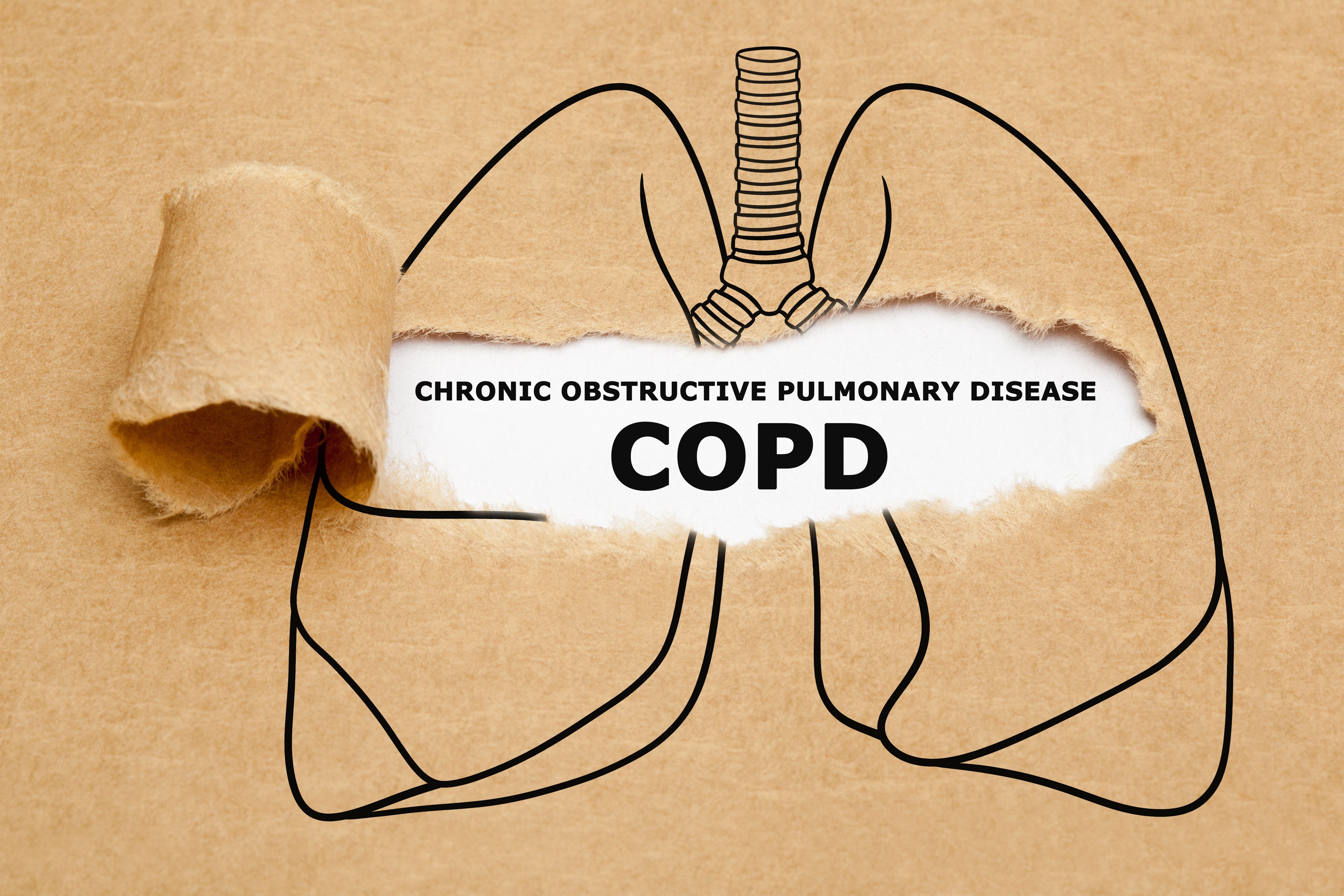- Center on Health Equity & Access
- Clinical
- Health Care Cost
- Health Care Delivery
- Insurance
- Policy
- Technology
- Value-Based Care
Dose-Escalation, Low-Dose Regimens May Improve Roflumilast Treatment Adherence in Patients With COPD
This study suggests that dose-escalation or low-dose regimens for roflumilast treatment in patients with chronic obstructive pulmonary disease (COPD) may improve adherence.
The dose-escalation or low-dose regimens may help patients with chronic obstructive pulmonary disease (COPD) with roflumilast treatment adherence, according to a study published in the International Journal of Chronic Obstructive Pulmonary Disease.
The researchers explained that patients with COPD can experience periodic exacerbations due to the worsening of respiratory symptoms. Current guidelines recommend patients with COPD to use roflumilast to reduce moderate and severe acute exacerbations (AEs) treated with systemic corticosteroids. The researchers defined roflumilast as “an orally administered selective phosphodiesterase 4 (PDE4) inhibitor that interferes with the breakdown of cyclic adenosine monophosphate, which may contribute to the reduction of airway inflammation.”
Adverse drug reactions (ADRs) associated with roflumilast include diarrhea, weight loss, and nausea. The researchers noted that the frequency and severity of ADRs depend on a patient's dose, and they can result in treatment discontinuation. Because of this, the researchers conducted a study to explore whether the rate of treatment discontinuation can be reduced by alternative dosing strategies.
To do so, they investigated the discontinuation rate and the incidence of ADRs in patients with COPD taking roflumilast by comparing those taking the standard dose of 500 micrograms of roflumilast daily to those who used the dose-escalation or low-dose strategy. The researchers defined the dose-escalation strategy as a regimen that increased from a starting dose of 250 micrograms of roflumilast to the full dose of 500 micrograms. Also, the low-dose strategy involved maintaining a dose of 250 micrograms once daily.
COPD drawing | Image Credit: Ivelin Radkov - stock.adobe.com

The clinical measurements they used included the discontinuation rate and the incidence of any ADRs. The researchers also investigated the incidence of diarrhea, a frequent ADR of roflumilast therapy. For the low-dose strategy only, they also evaluated the rate of AEs among patients to determine the effectiveness of roflumilast.
Using terms like “COPD” and “roflumilast,” the researchers performed a systematic search of electronic databases PubMed, Cochrane Central Register, and Embase to identify potentially relevant studies on roflumilast dosing strategies published before May 2023. They limited the search to English full-length articles or letters published in a peer-reviewed journal.
Initially, the researchers obtained 1107 relevant titles. Of these, the researchers included 5 in the final analysis. The included articles were published between 2005 and 2019. Also, they consisted of randomized controlled trials (RCTs; n = 3) and studies with a retrospective observational design (n = 2). Across all studies, 2424 patients with COPD were analyzed.
To start, 3 trials with a total of 1024 patients compared the safety and tolerability of roflumilast between the dose-escalation group and the standard-dosing group. The researchers found the discontinuation rates of roflumilast to be 27.9% and 35.2% in the dose-escalation group and the standard-dosing group, respectively. Consequently, the pooled estimates showed a statistical reduction in the discontinuation rate in the dose-escalation group (risk ratio [RR], 0.81; 95% CI, 0.67-0.97; P = .02).
Also, the pooled proportion of any ADRs was 58.4% in the dose-escalation group and 64.4% in the standard-dosing group, showing that it did not differ significantly between the two groups (RR, 0.94; 95% CI, 0.86-1.04; P = .23). Similarly, diarrhea was prevalent in 23.9% of the dose-escalation group and 30.0% of the standard-dosing group, meaning there was no statistically significant difference (RR, 0.83; 95% CI, 0.68-1.01; P = .06).
Conversely, 2 trials with a total of 1400 patients applied the low-dose strategy. The researchers determined that 11.7% in the low-dose group discontinued roflumilast treatment compared with 21.4% in the standard-dosing group. Consequently, through pooled estimates, they found that the low-dose regimen reduced the discontinuation rate of roflumilast (RR, 0.62; 95% CI, 0.48-0.80; P < .01).
ADRs occurred within 60.7% of the low-dose group and 59.8% of the standard-dosing group. Therefore, the incidence of any ADRs was similar across groups (RR, 0.85; 95% CI, 0.57-1.27; P = .43). Additionally, the researchers found through the pooled analysis that diarrhea was present in 6.6% of the low-dose group and 12.7% of the standard-dosing group. Consequently, the use of low-dose roflumilast significantly reduced diarrhea incidence (RR, 0.58; 95% CI, 0.42-0.82; P < .01).
Lastly, the pooled incidence of AEs was 22.9% in the low-dose group and 20.1% in the standard-dosing group. Because of this, the researchers determined that there was no significant difference between the 2 groups (RR, 1.13; 95% CI, 0.91-1.40; P = .27).
The researchers acknowledged their study’s limitations, one being that they identified a small number of eligible trials, which might be insufficient to support their results. Also, they only analyzed trials conducted in the Republic of Korea and Europe, limiting the generalization of the results. Based on these limitations, they suggested areas for future research.
“In conclusion, our systemic review and meta-analysis found that dose-escalation and low-dose strategies might be useful tools to improve roflumilast adherence,” the authors wrote. “However, we could not draw robust conclusions because of the methodological limitations and the scarcity of trials for analysis. Additional large-scale RCTs are warranted to evaluate the efficacy of individual strategies in patients with severe COPD.”
Reference
Lee J, Song JU. The dosing strategy to improve adherence to roflumilast in treatment for chronic obstructive lung disease: a systemic review and meta-Analysis. Int J Chron Obstruct Pulmon Dis. 2024;19:655-663. doi:10.2147/COPD.S440252
Preventing Tomorrow’s High-Cost Claims: The Rising-Risk Patient Opportunity in Medicaid
November 6th 2025For Medicaid care management, focusing on rising-risk patients is more effective than targeting high-cost claimants, whose spending tends to decrease over time due to regression to the mean.
Read More
